
Associate Editor Lindsey Carr sat down with Gary Schoolnik, MD, Visby Medical’s Chief Medical Officer, to learn more about the device’s functionality and application.

Associate Editor Lindsey Carr sat down with Gary Schoolnik, MD, Visby Medical’s Chief Medical Officer, to learn more about the device’s functionality and application.

A cross-sectional study in the journal Sexually Transmitted Infections has found that Mycoplasma genitalium (MG) is just as prevalent as Chlamydia trachomatis (CT) among women seen at a sexual health center in Australia.
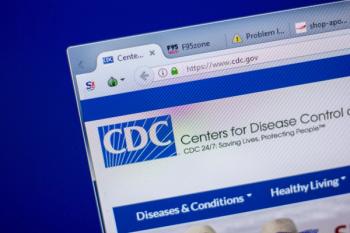
The CDC updated its guidelines for diagnosing and treating STIs, which included updates on the diagnosis and treatment of bacterial vaginosis (BV) in pregnant and nonpregnant women.
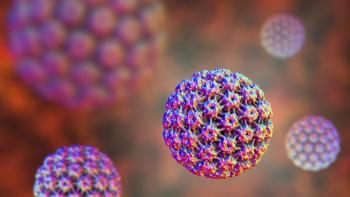
For cervical cancer screening, human papillomavirus (HPV)–based screening modalities detect significantly more abnormal cervical cells than traditional liquid-based cytology (LBC) approaches, according to a study in JAMA Network Open.
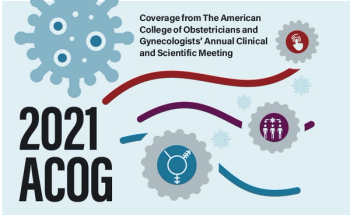
Significant updates occurred in women’s health issues while the world was in survival mode.

A narrative review identified gaps in knowledge and considerations for informing sexually transmitted infection (STI) screening guidelines and treatment to improve the health of pregnant women and children.

This article is on based on information presented at the Society for Maternal-Fetal Medicine’s 2021 Virtual Annual Meeting, which was held Jan. 25 to Jan. 30.

The January issue of Contemporary OB/GYN® featured a peer-reviewed article on syphilis in pregnancy.

Diagnosis and treatment of “the great imitator” that has resurged.

With the beginning of 2021, we are eager for a resolution to the pandemic.
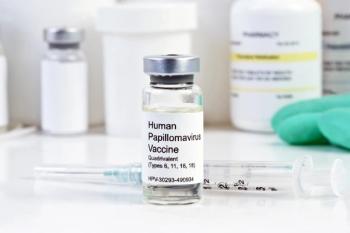
The Healthy People 2020 goal of HPV vaccine coverage was set at 80% by 15 years of age.

Women with high-grade cervical dysplasia are much less likely to have recurrence after primary conization if they undergo laser conization than a loop electrosurgical excision procedure (LEEP), according to a 5-year follow-up study.

For the literature review, the authors searched PubMed, ScienceDirect and Embase for English language articles on drug resistance, with 58 articles for inclusion.

The Centers for Disease Control and Prevention (CDC) recommends using nucleic-acid amplification tests (NAAT) when testing female patients under the age of 25 for Chlamydia trachomatis.
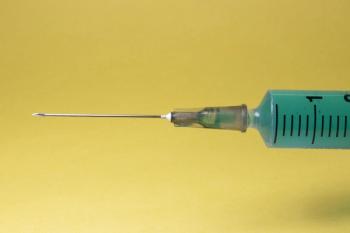
Existing research suggests that reminder messages, or state immunization information systems autodialer centralized reminder and recall (C-R/R) messages, are likely to result in higher child vaccination rates.

Results from a longitudinal study suggest that bacteria in the cervicovaginal microbiome (CVM) may play a role in risk of progression of high-risk human papillomavirus (HR-HPV) to cervical precancer.
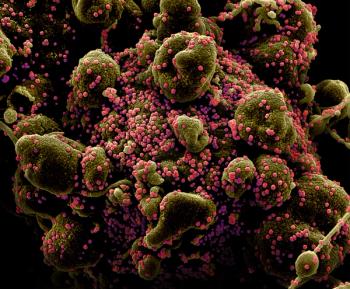
Sexual transmission of COVID-19 is unlikely, according to a new international study published in Fertility & Sterility.

New research suggests that certain sexually transmitted infections (STIs), such as Trichomonas vaginalis and Neisseria gonorrhea, may contribute to a higher risk of adverse pregnancy outcomes and preterm birth (PTB) in adolescents.

A new study suggests that certain sexually trasmitted infections, such as herpes simplex virus 2, may have a role in the development of certain types of ovarian cancer.


A recent research letter in JAMA looked at crowd-diagnoses via social media to determine whether they were for a second opinion after seeing a health care professional.
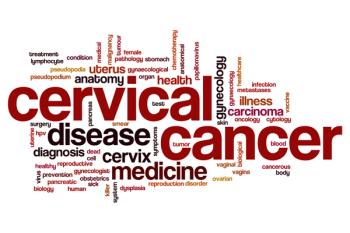
Published in JAMA Network Open, results from the first US trial of home-based sampling for human papillomavirus show that mailing kits to underscreened women could increase cervical cancer screening.

In adolescents, detection of a cervical human papillomavirus (HPV) infection may signal an increased risk of detection of the virus in the oral cavity, but incidence declines after vaccination, according to research from JAMA Network Open.

A new report from the Centers for Disease Control and Prevention shows an alarming rise in incidence of sexual transmitted diseases in the United States.

Newly published research contradicts earlier findings about pubic hair grooming as a risk factor for sexually transmitted infection (STI).